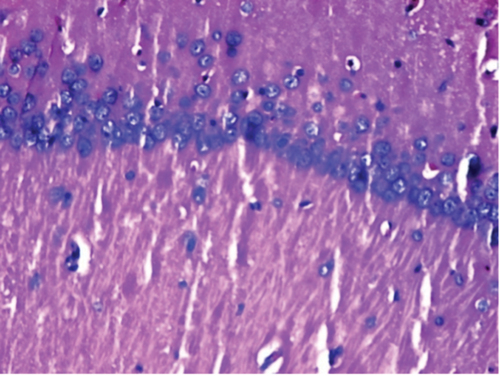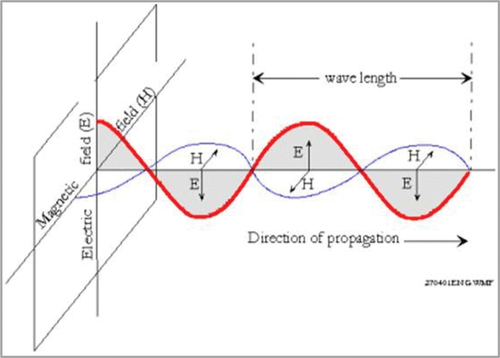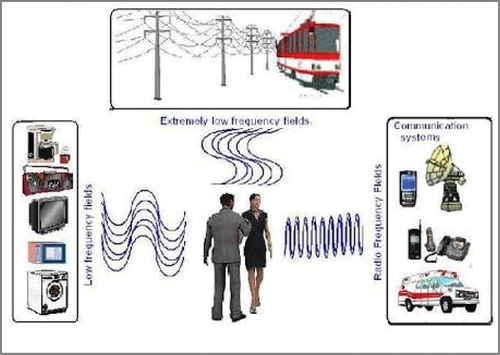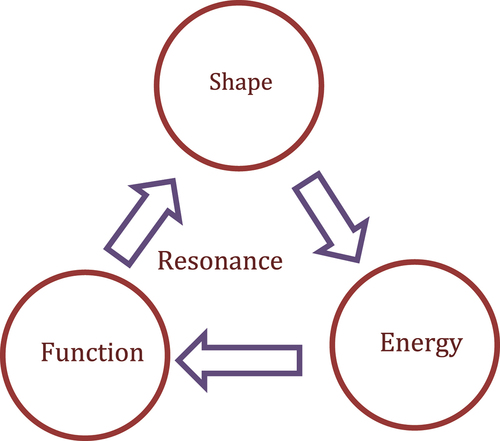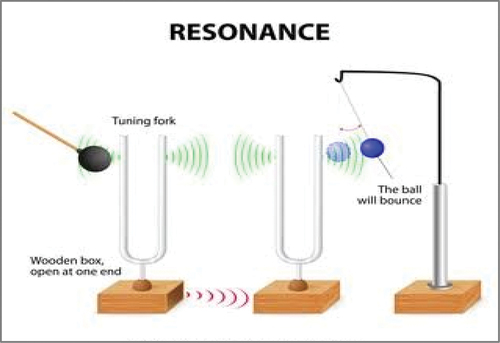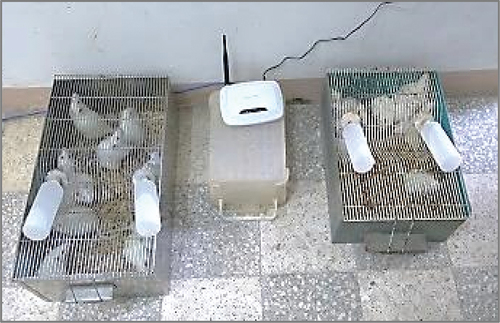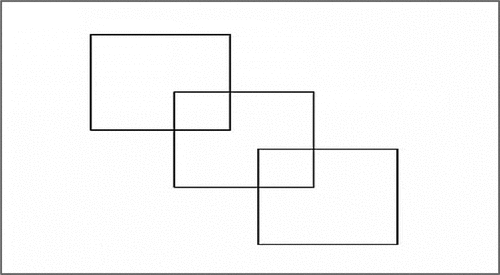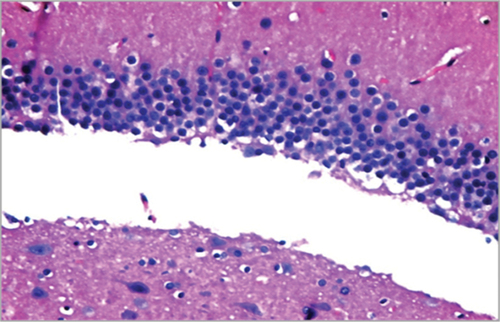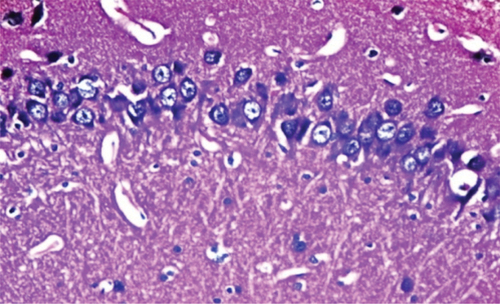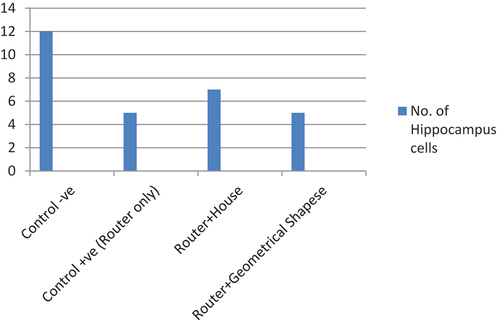Figures & data
Figure 6. The shape of the colors around the spherical shape.
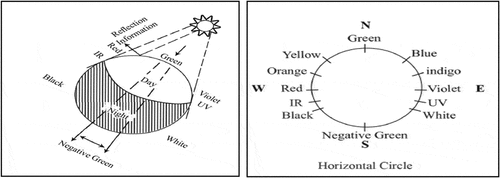
Figure 7. Shows the harmful negative energy of green.

Figure 8. Shows the form of refraction in the great pyramid to cancel negative energy.
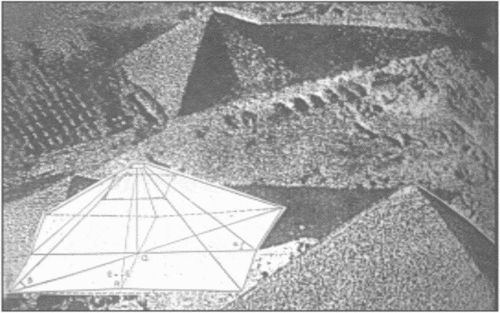
Figure 9. The different ways to solve problems produced from a semi-circular dome.
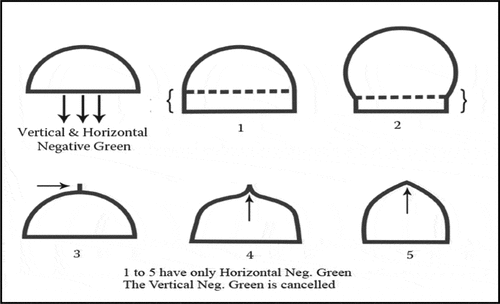
Figure 12. The shape of the third case with the first treatment and the geometric shape used.
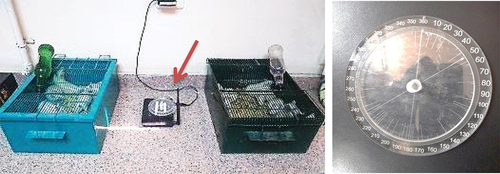
Figure 13. The geometric figure used and the 52° angle used to influence the Wi-Fi waves in order to create a balance.

Figure 14. The spatial shape used in the fourth case with the presence of a Wi-Fi device.
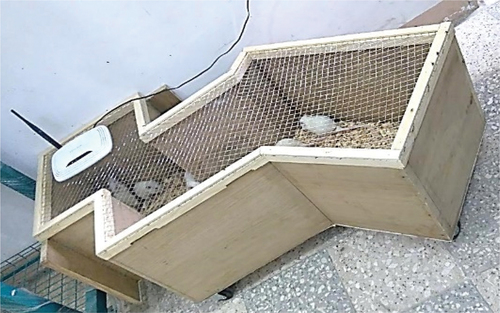
Figure 16. How to find the organized energy through the area of the golden section and the angle of 135°.
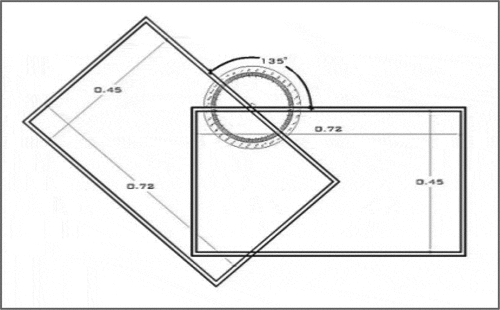
Figure 17. How to use the infinity ratio in the design in order to direct and spread the energy in the entire space. Source: researcher.
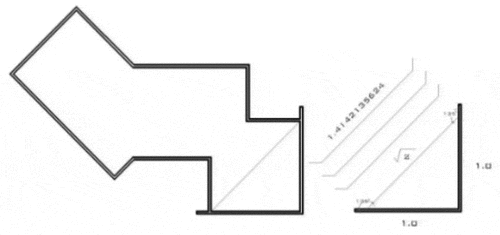
Figure 18. How the principle of transparency is used to obtain regulated energy. Source: researcher.
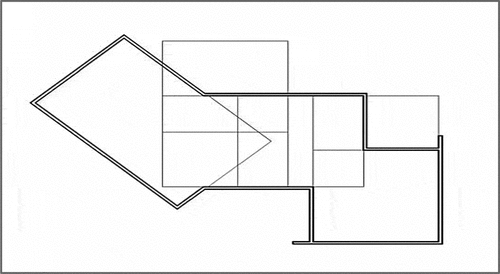
Table 1. The shape of the four tested cases.
Figure 19. The shape of the hippocampus responsible for preserving memory in the brain.
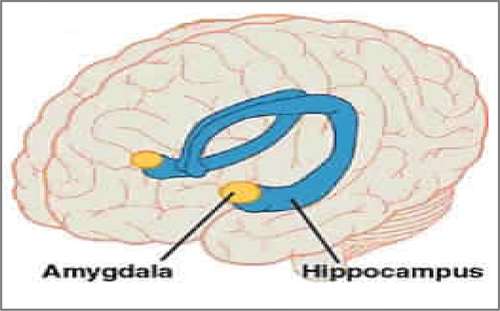
Figure 22. The shape of the hippocampus in the case exposed to Wi-Fi waves + the stereotype.
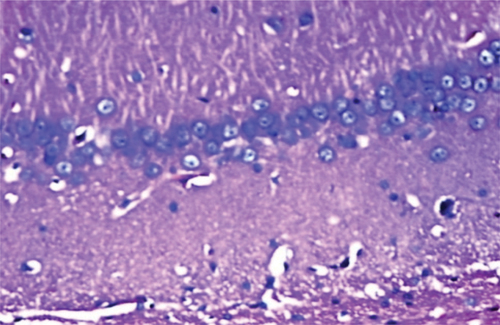
Figure 23. The shape of the hippocampus in the case exposed to Wi-Fi waves + the geometric figure.
